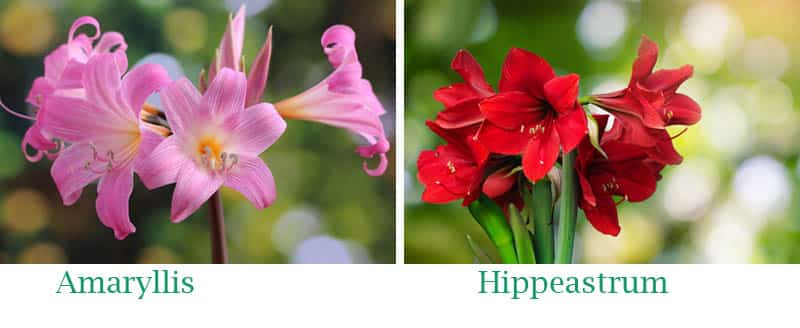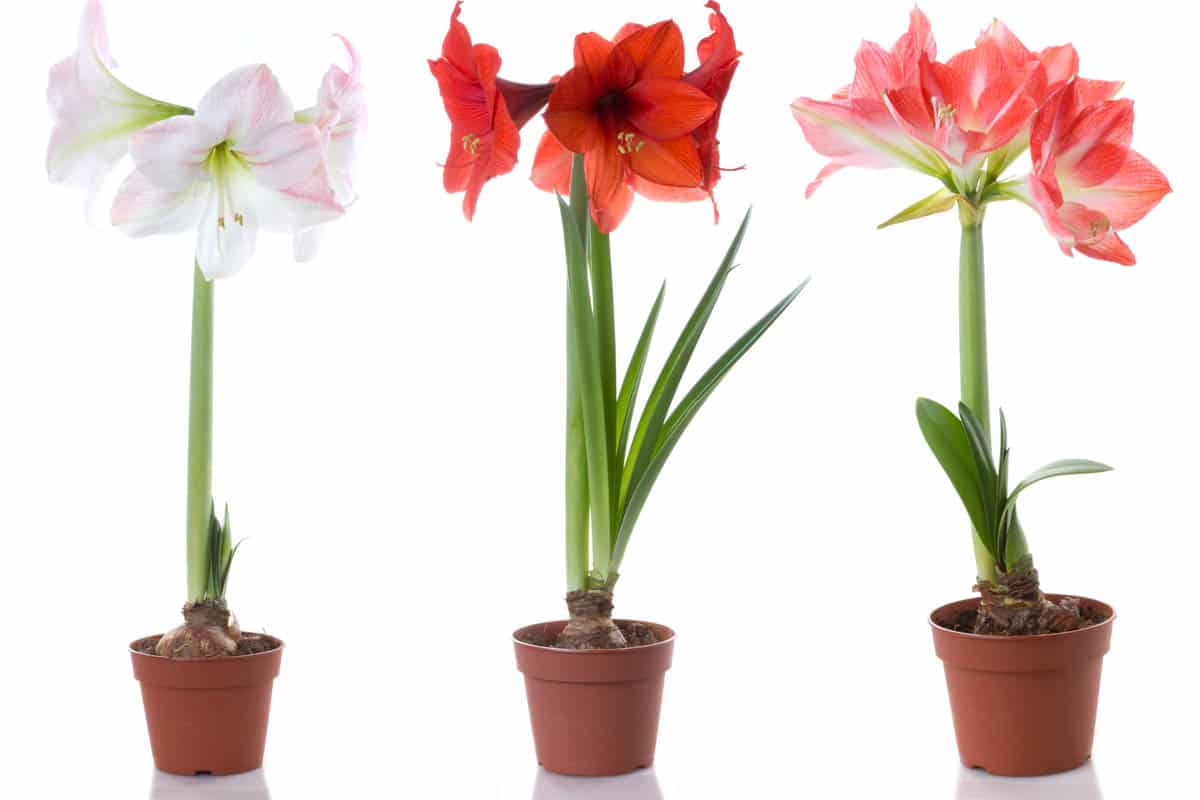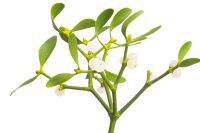Hippeastrum is toxic to dogs, the toxic principles are phenanthridine alkaloids including lycorine and tazzetine which have emetic properties. Exposure to small amounts can cause nausea, vomiting, hypersalivation, and diarrhea while large ingestions may cause tremors, depression and cardiac arrhythmias.
What is hippeastrum?
| Family | Amaryllidaceae |
| Botanical name | Hippeastrum spp. |
| Common names | Hippeastrum |
| Leaf colour | Green |
| Flower colour | Red, pink, salmon, variegated |
| Toxicity | Toxic to dogs |
| Toxic properties | Phenanthridine alkaloids |
| Toxic parts | All parts (highest concentrations are in the roots) |
Hippeastrum is a flowering bulb, made up of 70-75 species native to the Caribbean, Mexico and South America. The large, trumpet-shaped flowers grow in shades of red, pink, salmon and variegated. These showy flowers are commonly grown indoors around Christmastime in the Northern Hemisphere but can grow outside in warmer climates.
Note: Hippeastrum and Amaryllis (botanical name Amaryllis belladonna) are commonly confused as the same plant, however, they are separate species. Hippeastrum (the focus of this article) is a flower popular as a Christmas plant with green strappy leaves and a green stem. Amaryllis (also known as belladonna lily, Jersey lily or Naked lady) is native to South Africa and grows pink flowers on a leafless purple stem. The toxic property of amaryllis is Amaryllidaceae alkaloids.

What are the toxic properties of hippeastrum?
Hippeastrum contains Amaryllidaceae alkaloids, which include lycorine and tazzetine. These toxic properties can cause gastrointestinal disturbances. The bulb contains the highest concentration of phenanthridine alkaloids, however, all parts are toxic to dogs. Interestingly, while most plant alkaloids have evolved to protect against herbivory, lycorine is thought to have allelopathic activity. Allelopathy prevents the development of neighbourhood plants by inhibiting a plant enzyme in the biosynthetic pathway of vitamin C which is essential for the germination of most seeds.
The University of California categorises Hippeastrum as level two.
Minor Toxicity: Ingestion of these plants may cause minor illnesses such as vomiting or diarrhea. If ingested, call the Poison Control Center or your doctor.
Clinical signs of hippeastrum toxicity
Signs are associated with gastrointestinal disturbances which commonly include nausea, drooling, loss of appetite, vomiting, diarrhea and lethargy.
Large ingestions of Hippeastrum are rare, but when they do occur, cause depression, abdominal pain, cardiac arrhythmias, and tremors.
Treatment of angel’s trumpet toxicity
If it is safe to do so, sweep or flush any remaining plant matter out of the dog’s mouth, taking care not to get bitten. Always contact your pet’s veterinarian in the event of ingestion of any toxins. They may recommend a wait-and-see approach to see if clinical signs develop.
There is no antidote to Hippeastrum toxicity and treatment is supportive. This may include inducing vomiting to remove any remaining plant matter from the gastrointestinal tract followed by administration of activated charcoal to prevent further absorption.
Fluids may be administered intravenously to treat or prevent dehydration and electrolyte derangements.
Recovery from Hippeastrum is good, and dogs should make a rapid recovery.
Prevention
The only way to prevent toxicity is to not keep Hippeastrum in homes or gardens with dogs or keep them in areas the dog cannot access. The highest concentration of toxin is in the bulb, and care must be taken with dogs who have a tendency to dig.
Julia is a writer and landscape consultant from Wollongong with a love of horticulture. She had been an avid gardener for over 30 years, collects rare variegated plants and is a home orchardist. Julia is passionate about learning and sharing her knowledge of plant propagation and plant toxicology. Whether it’s giving advice on landscape projects or sharing tips on growing, Julia enjoys helping people make their gardens flourish.




